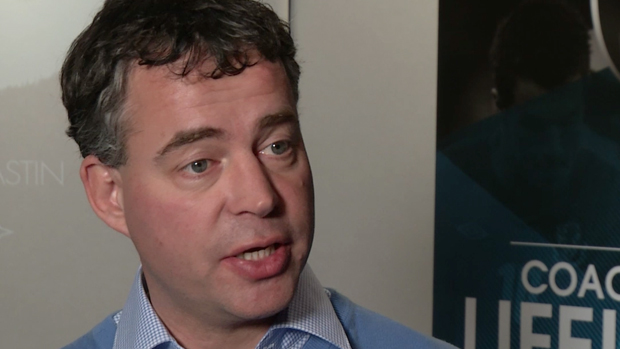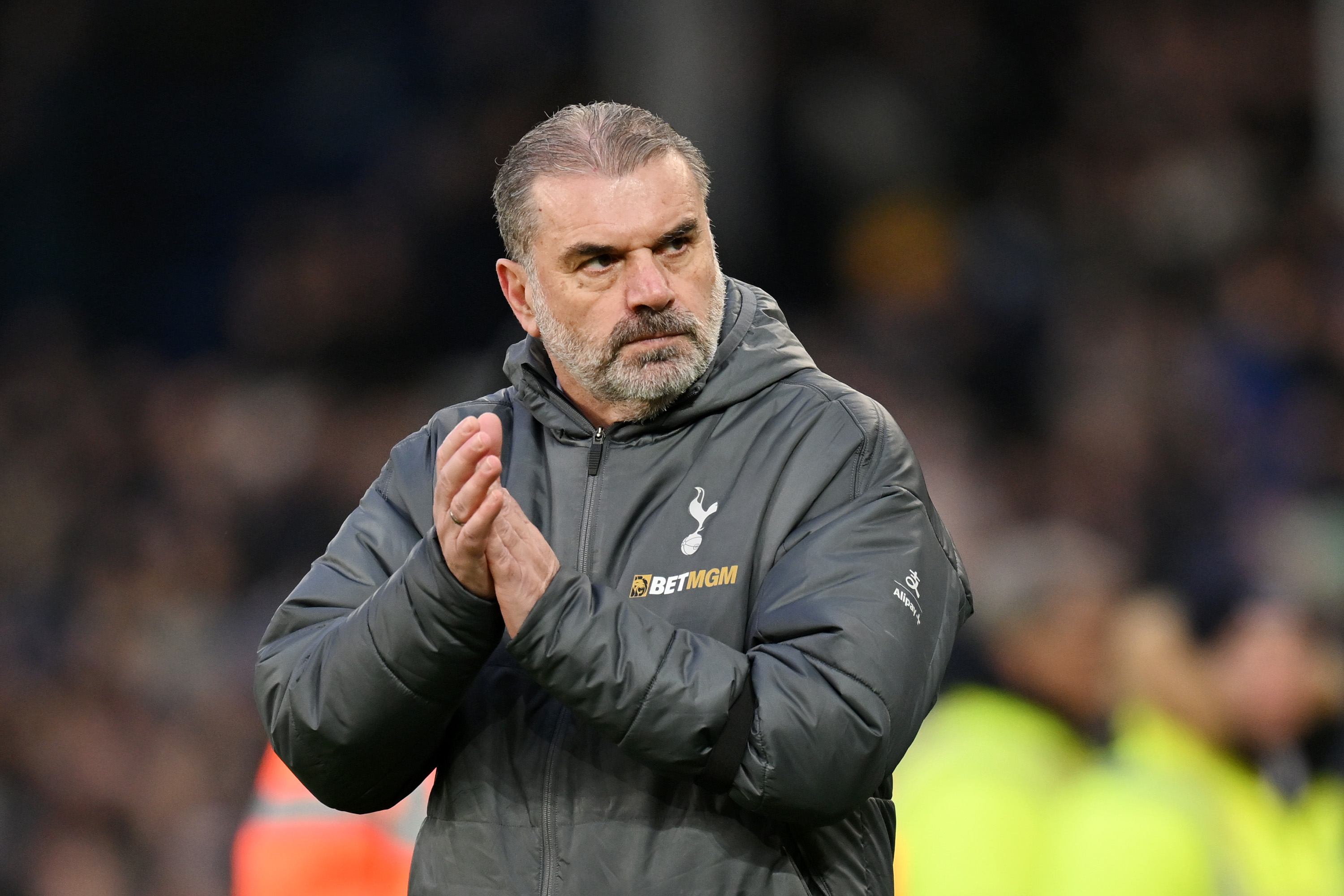Start the game at top speed
Want to kick-off at full throttle? With Raymond Verheijen's training tips you can make a flying start

Do you find yourself making a slow start to games? Then, by the time you get going the opposition are already in a commanding position. As the contest enters the final stages you’re outrunning your tired opponents, but their fast start has made all the difference. The final whistle blows and it’s too little, too late.
Russia had the same problem before the start of Euro 2008. Then manager, Gus Hiddink, didn’t know how to get his sluggish stars to start games on the front foot so he sent out an SOS to Dutch coach Raymond Verheijen – an expert in conditioning.
“Before the European Championship in 2008 Gus Hiddink asked me to come to Moscow and watch some games,” Verheijen told FFT.
“His question was, ‘What’s your impression of Russian football, from a fitness perspective in particular?’ I immediately could see the tempo in Russian football was relatively low. Players only made a few actions per minute.
“So I said to him (Hiddink) the biggest challenge from a fitness point of view for the Euros is to get those players to make more actions per minute and play higher intensity football from the beginning of the game.”
Playing exciting, free-flowing football Russia made it to the semi-finals, a best championship showing in 20 years.
How did Verheijen transform the team’s fitness? You’ll have to watch the video to find out.
Raymond Verheijen is the co-founder of the World Football Academy. For more information visit www.worldfootballacademy.co.uk
Also see:
Kick-off on the front foot
"Before the Euro in 2008, Gus Hiddink asked me to come to Moscow in March, because half the teams in the Russian League are based in Moscow.
In one weekend, you can see four teams play, or four games. I watched on two on Saturday and two on Sunday, and then his question was, "What's your impression from Russian football in general, and for a fitness perspective in particular?"
What I immediately could see is that the tempo in Russian football in those days was relatively low; players only made a few actions per minute.
I said to him, "The biggest challenge from a fitness point of view, for the Euro, is to get those players to make more actions per minute; to play higher-intensity football from the beginning of the game."
If that is how you define it . . . so you have defined a fitness program in football language, you want more actions per minute, then all you have to do is look at football training, 11 against 11, and find a way to overload your plays and actions per minute.
All you have to do is reduce the number of plays; go from 11 against 11 to, for example, four against four.
Every football coach knows that a four against four, you make much more actions, maybe 10 actions per minute, compared with 11 against 11, only three actions per minute.
You are overloading the players, in terms of actions per minute, and then automatically the body will adapt, you get your training effect, and that's exactly what happened with the Russians; we played a lot of small-sided games, so that we force them to make more actions per minute than what they were used to.
As a result, in the Euro, they were able to play higher-intensity football."
Get FourFourTwo Newsletter
The best features, fun and footballing quizzes, straight to your inbox every week.
